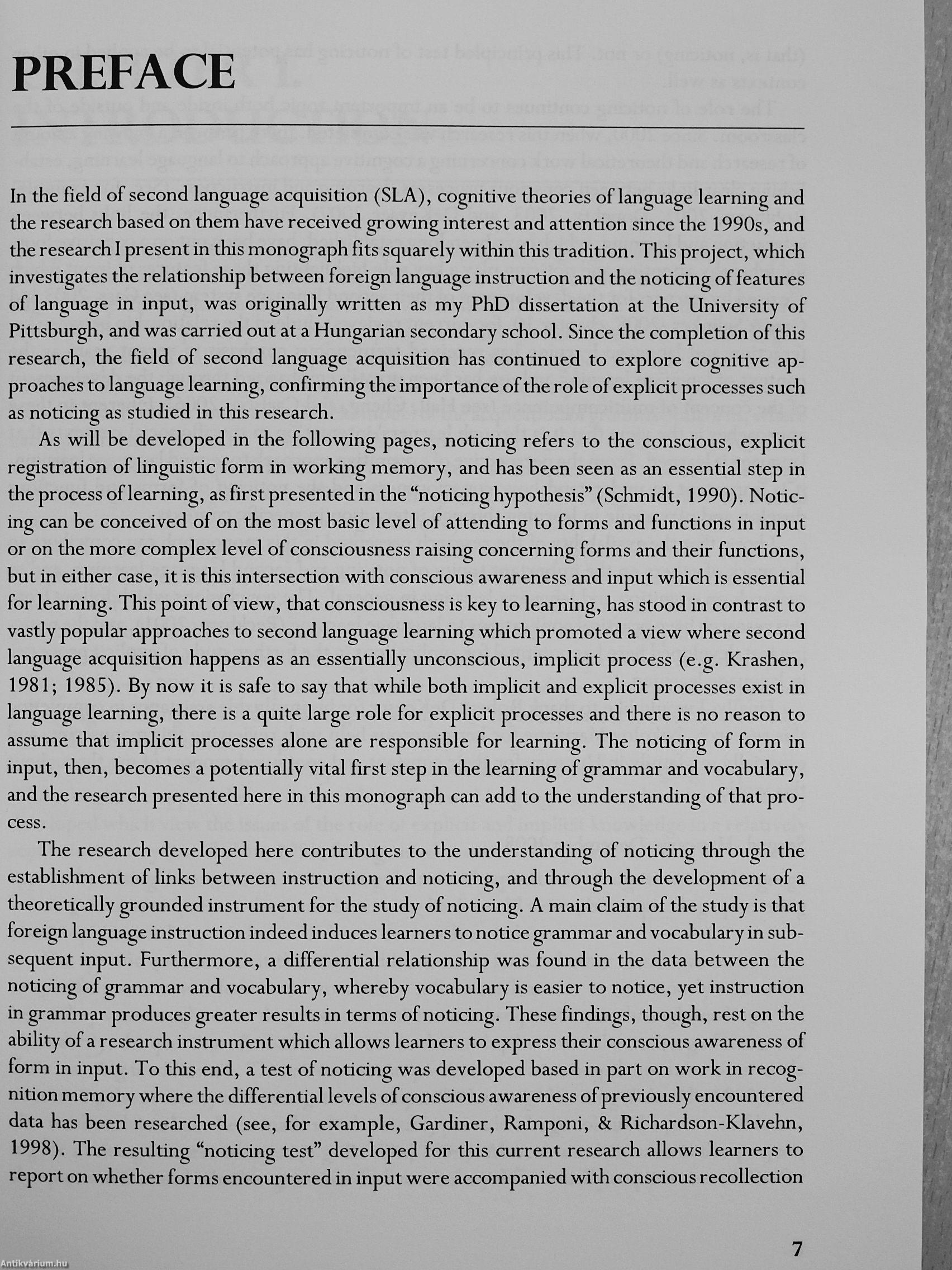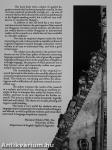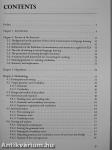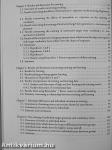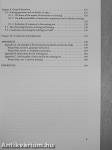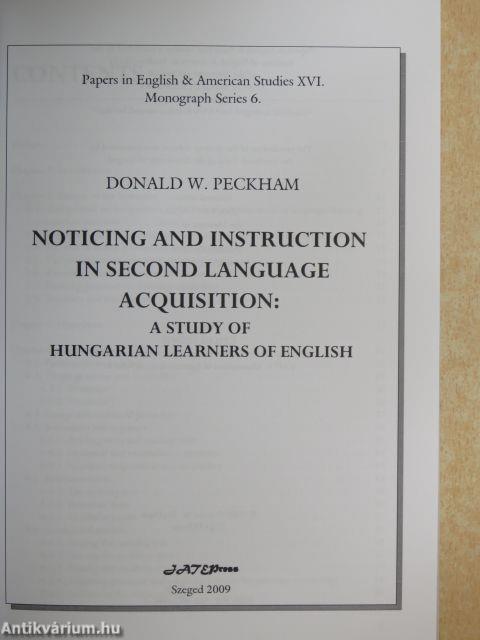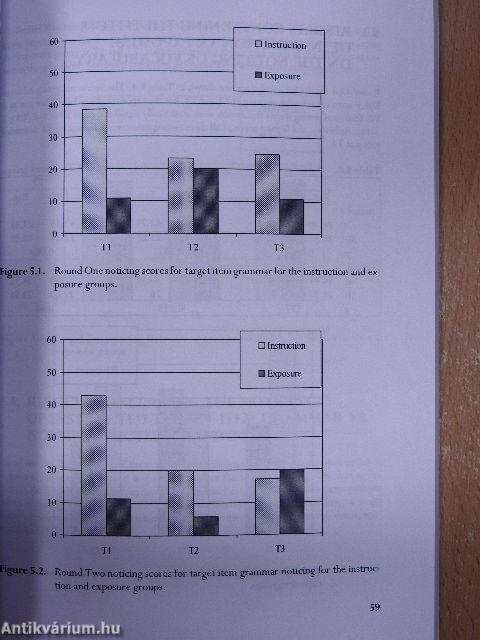1.062.184
kiadvánnyal nyújtjuk Magyarország legnagyobb antikvár könyv-kínálatát

VISSZA
A TETEJÉRE
JAVASLATOKÉszre-
vételek
Noticing and Instruction in Second Language Acquisition
A Study of Hungarian Learners of English/Monograph Series 6.
| Kiadó: | JATEPress-Szegedi Egyetemi Kiadó |
|---|---|
| Kiadás helye: | Szeged |
| Kiadás éve: | |
| Kötés típusa: | Ragasztott papírkötés |
| Oldalszám: | 155 oldal |
| Sorozatcím: | Papers in English & American Studies |
| Kötetszám: | 16 |
| Nyelv: | Angol |
| Méret: | 24 cm x 17 cm |
| ISBN: | 978-963-482-946-1 |
| Megjegyzés: | 100 példányban jelent meg. Fekete-fehér ábrákkal. |
naponta értesítjük a beérkező friss
kiadványokról
naponta értesítjük a beérkező friss
kiadványokról
Előszó
TovábbFülszöveg
This book deals with a subject of applied linguistic research that has become popular recently, but has not been explored profoundly enough yet — an area of research that has been discussed in numerous publications in the English-speaking world, but is still not very well-known or examined in Hungary.
In addition to this, the book has a very important characteristic feature: the participants of the research are Hungarian secondary school students, and this fact is not widely known to either Hungarian or international readers as the research as a whole has not been available to a broader audience.
Not only its empirical chapters make this book interesting to read, it also provides a valuable synthesis of cognitive linguistic research through a hterature review written in an easy-to-understand way, and with a good critical sense.
The subject area discussed in the present book focuses on one of the basic pillars of theories concerning language acquisition, that is the role of... Tovább
Fülszöveg
This book deals with a subject of applied linguistic research that has become popular recently, but has not been explored profoundly enough yet — an area of research that has been discussed in numerous publications in the English-speaking world, but is still not very well-known or examined in Hungary.
In addition to this, the book has a very important characteristic feature: the participants of the research are Hungarian secondary school students, and this fact is not widely known to either Hungarian or international readers as the research as a whole has not been available to a broader audience.
Not only its empirical chapters make this book interesting to read, it also provides a valuable synthesis of cognitive linguistic research through a hterature review written in an easy-to-understand way, and with a good critical sense.
The subject area discussed in the present book focuses on one of the basic pillars of theories concerning language acquisition, that is the role of generally accepted language teaching practices in the acquisition of English as a foreign language, the purpose of wnich practices are to help learners sense and consciously realize new grammatical structures and vocabulary.
The outstanding feature of the empirical research discussed in this book is the carefully planned and accurately implemented study documented in appropriate detail. Tne results are convincing and reflect the advantages as well as difficulties of classroom research in an excellent way.
The author evaluates the results of his research in a realistic and critical way, showing an excellent example of how to interpret data viáthin the frames of feasibility, and how to set new objectives for further research. The text as a whole is nicely formatted, logically built and well edited. The charts are visually pleasing and support understanding.
This book is very useful for students who are lanraage majors preparing to be teachers both in Hungary and abroad, as well as graduate students and researchers interested in language acquisition research.
Marianne Nikolov PhD, Dss University of Pécs Department of English Apphed Linguistics Vissza
Témakörök
- Idegennyelv > Idegennyelvű könyvek > Angol > Pedagógia
- Idegennyelv > Idegennyelvű könyvek > Angol > Nyelvészet
- Pedagógia > Tantárgypedagógia > Idegen nyelv > Angol
- Pedagógia > Tantárgypedagógia > Idegen nyelv > Egyéb
- Nyelvészet > Idegen nyelvek > Tanítása
- Idegennyelv > Nyelvtanulás > Nyelvtanítás > Nyelvpedagógia






